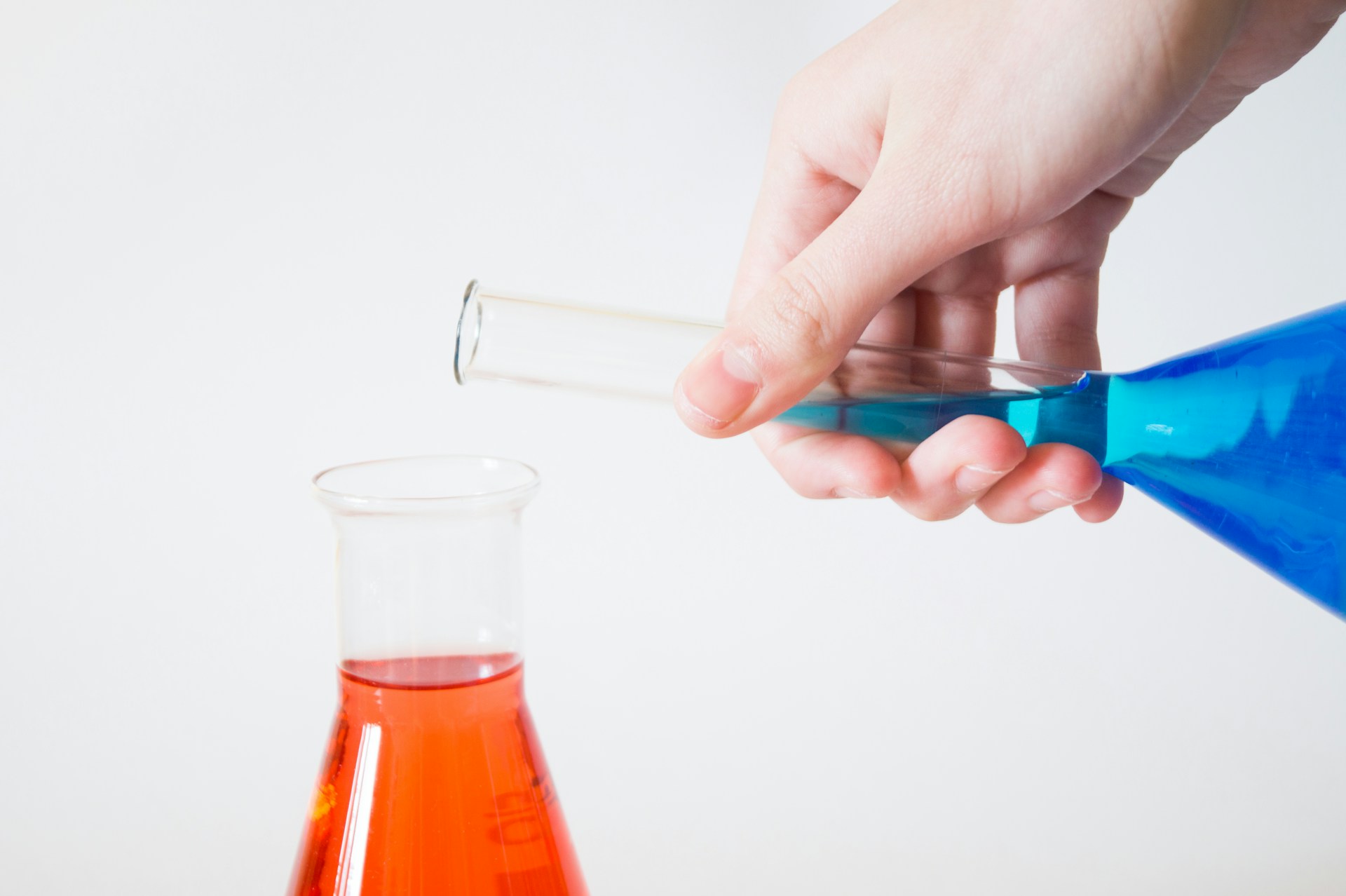Researchers from the University of Illinois Urbana-Champaign have created an enzyme-inspired catalyst that simplifies the synthesis of ethers, which are crucial components in fields such as energy, agriculture, and pharmaceuticals. This methods replicates the precision of natural enzymes to create more sustainable and efficient chemical reactions.
The research team, led by Dr. M. Christina White, highlighted the critical role of positioning in chemical synthesis.
“It’s like bringing two people together to shake hands—they not only need to be close but also aligned perfectly to avoid awkwardness. This same principle applies in chemical reactions, and we’ve been able to control both proximity and orientation with our catalyst,”
said Dr. White. By adopting this nature-inspired method, the Sven-SOX catalyst allows the formation of more than 130 types of ethers, including previously difficult to create bulky molecules.

Dr. Sven Kaster, emphasised the broader impact of their work:
“The real advantage of our approach lies in its generality. We can create a variety of ethers that may have new or useful functions. Our reaction operates under mild conditions, tolerating sensitive groups that would otherwise undergo unwanted reactions in traditional methods.”
This versatility means industries could make these compounds with less energy, fewer steps, and more environmentally friendly procedures.
The catalyst’s environmentally friendly features make it a very feasible alternative for companies within the industry
“The catalyst’s environmentally friendly features have caught the interest of companies in the industry”
said Li Zhao, a collaborator from CABBI. “This aligns perfectly with our goals for greener chemical production, offering a more sustainable path for everything from biofuels to pharmaceuticals.”
With this breakthrough, the team is looking ahead to other applications, aiming to develop catalysts for even more complex chemical reactions.
“We want to incorporate these enzyme-inspired strategies into other important challenges in chemistry, medicine, and industry,”
Said Dr. White. By combining principles from biology with synthetic chemistry, this discovery marks a new era in greener, more efficient chemical processes.

Hassan graduated with a Master’s degree in Chemical Engineering from the University of Chester (UK). He currently works as a design engineering consultant for one of the largest engineering firms in the world along with being an associate member of the Institute of Chemical Engineers (IChemE).



